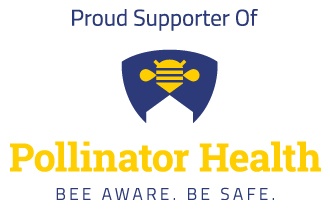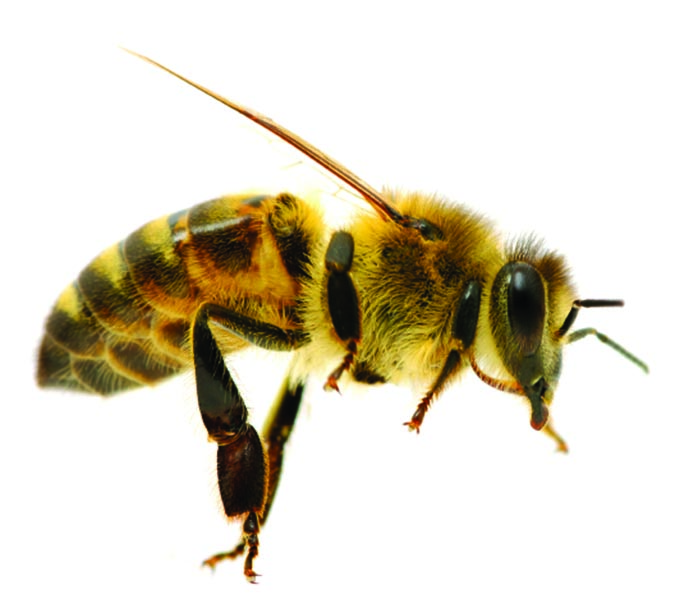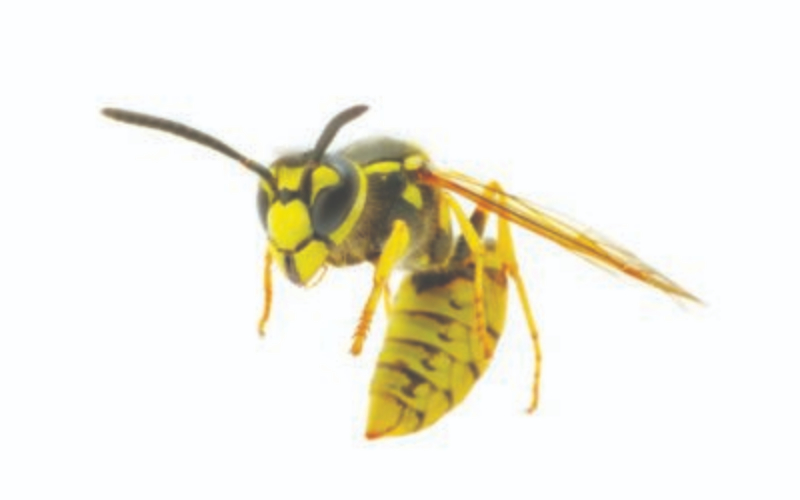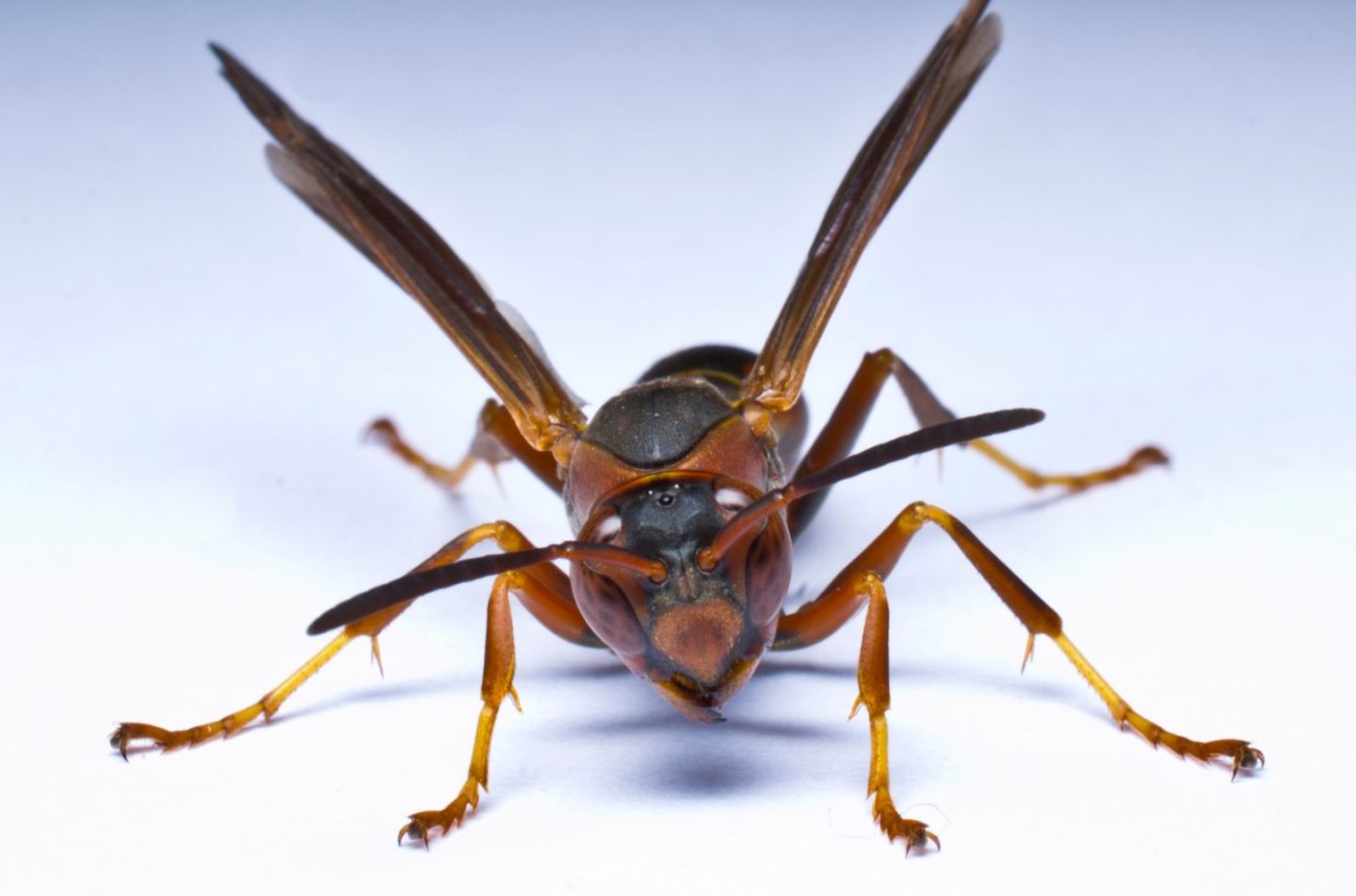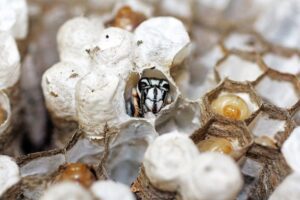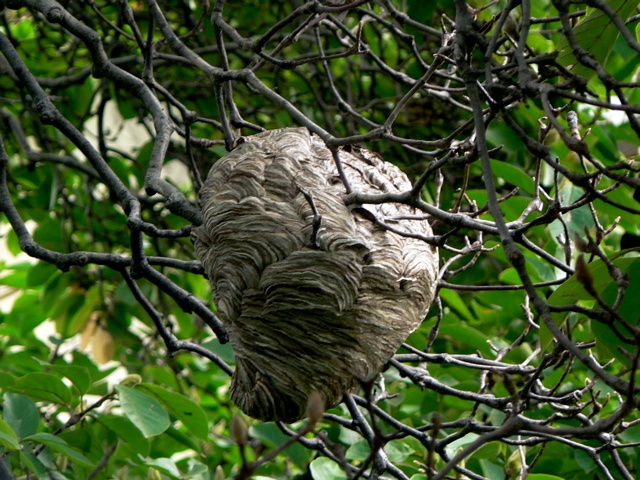Hello Friends!
Join us in celebrating Pollinator Health!
As Guardians of the Environment, we need your help to raise awareness now. There are simple things you and I can do to promote pollinator health, such as buying local honey, planting certain flowers in your garden to attract butterflies, hanging up a hummingbird feeder, and sharing your efforts and ideas with friends and neighbors. You’re probably already doing one of those things and you didn’t know it!
Who are the pollinators?
Without honey bees, butterflies, birds, moths, flies, and even BATS, our food supply would be nonexistent. I bet you didn’t know bats were considered pollinators, did you?! AND they eat mosquitoes. I’ll have to write about how much I love bats another time. For now, picture the produce department in your grocery store with completely empty shelves. Isn’t it terrifying to think about?!
The Honey Bee, Our Hero
Honey bees are probably the first thing that comes to mind when you think pollination. They’re responsible for 33% of our food. That’s HUGE! Honey bees are amazing. In fact, I’m so passionate about honey bees, that when I came across this infographic, I knew I had to share it with you.
Other Types of Bees and Wasps
Now that you’re a pro on how AMAZING honey bees are, let’s review some of the other stingers in the sky so you know which bees are good bees and which bees are “bad” bees. 🙂
YellowJackets
Also referred to as ground bees, these guys attack aggressively and rapidly. Yellow jackets show no mercy if you’re near them. If it’s not fuzzy and distinctly bright yellow and black striped, don’t mess with it! These are the guys who frequent BBQs and picnics. They’re usually after an open can of pop or open food.
Paper Wasps
Paperwasps are long and skinny with dangly legs. They love building little paper-mache looking nests on window shutters, swing sets or up under eaves and soffits on houses. They’ll sting you if you’re close to their nest. And it will hurt. They eat other bugs and are aggressive when they feel threatened.
Bumble Bee
This guy is pretty chill. They’re big and fuzzy, the “teddy bear” of the stinger gang, if you ask me. They’re pollen collectors, nectar lovers, buzz pretty loudly, and they fly in sort of a clumsy slow manner. Cuuuuuute. They are capable of stinging, but generally won’t unless you’re mean to it first.
Bald-faced Hornet
Don’t try this one at home. The bald-faced hornet, which is actually a black and white wasp, not a true hornet, is probably the scariest of them all. Bald-faced hornets are the ones that build basketball-sized paper mache hives in tree branches. They’re fueled by rage. NOT a DIY pest whatsoever.
If you need help protecting your home or family from “bad” stinging insects this season, please let us know and we’ll give you a free quote!

